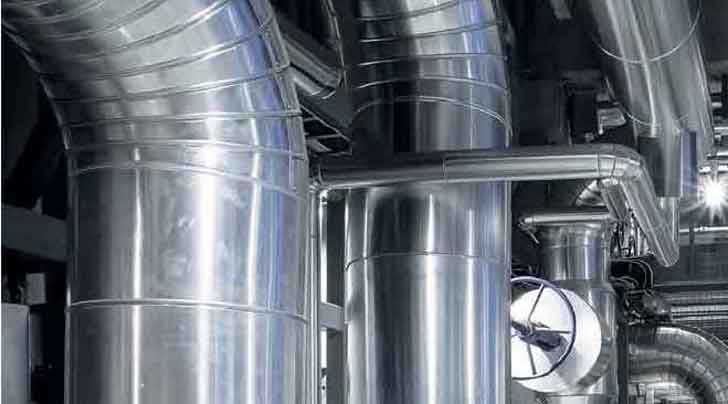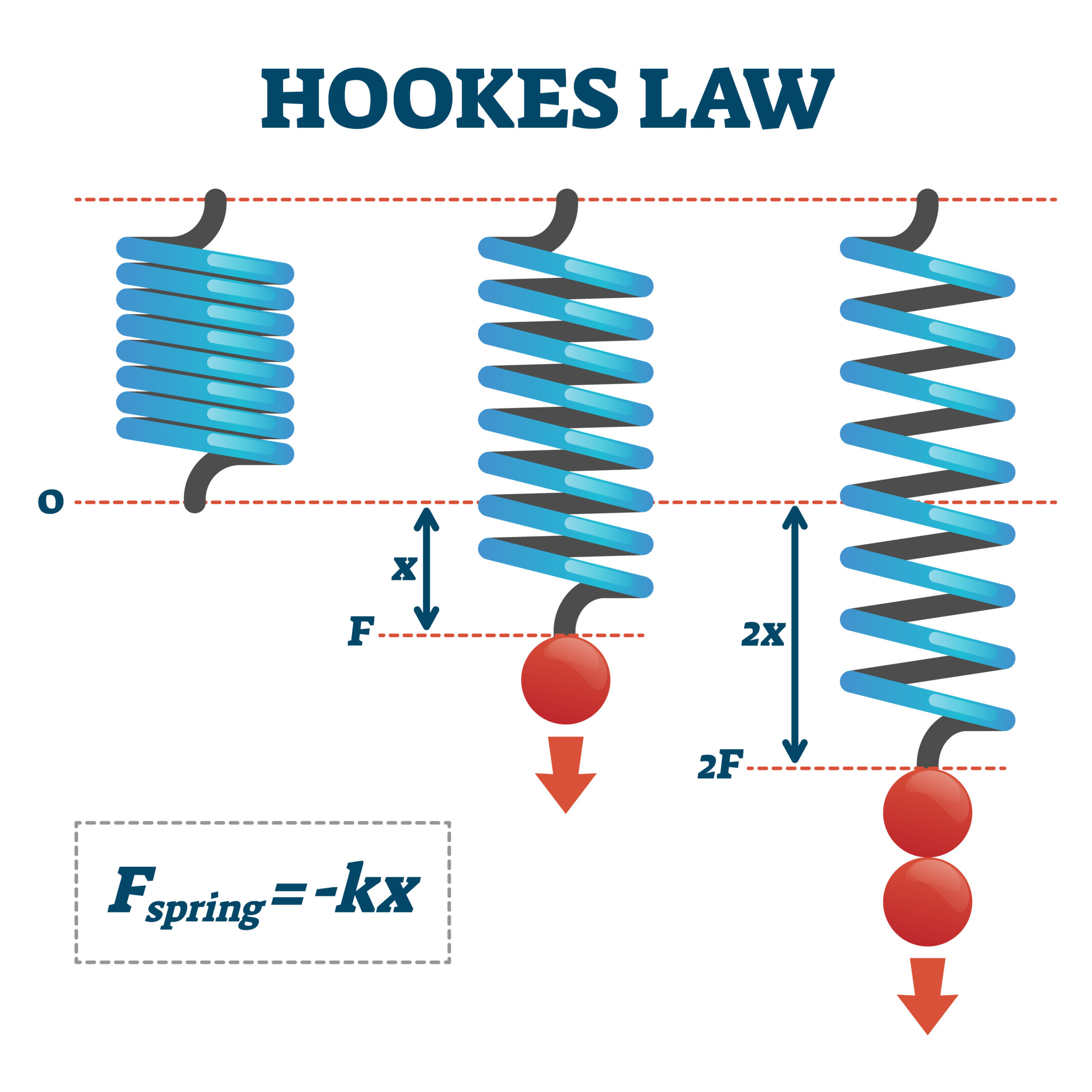Piping insulation is a material that is used to insulate pipes in order to maintain a consistent temperature and prevent heat loss or gain. It is typically made from materials such as fiberglass, foam, or mineral wool, which have good thermal insulation properties. The insulation is applied to the pipes in the form of a jacket or wrap, and is often secured in place with tape or straps. Piping insulation is commonly used in both commercial and residential buildings to insulate heating and cooling systems, as well as plumbing and other types of piping. In addition to thermal insulation, piping insulation can also provide sound insulation and fire resistance.
Piping insulation can be applied to both hot and cold pipes, and is available in a variety of forms including pre-formed pipe insulation, flexible insulation blankets and rigid insulation boards. The type of insulation used will depend on the type of pipe, the operating temperature and the specific application.
Pre-formed pipe insulation is made to fit around a specific size and type of pipe and is typically made from fiberglass or foam. They are easy to install and provide a good fit around the pipe, which helps to minimize heat loss or gain.
Flexible insulation blankets are also known as insulation rolls or wraps. They are made of materials like fiberglass, mineral wool or foam and are designed to be wrapped around pipes. These insulation materials are flexible, easy to install and can be used on pipes of various sizes.

Rigid insulation boards are made of materials like polystyrene, polyurethane or phenolic foam. These materials are rigid and can be cut to size to fit around pipes. These insulation boards are ideal for use in high-temperature applications and where space is limited
Piping insulation is an important part of energy efficiency, as well as safety and comfort in buildings. It can help to reduce energy costs, prevent pipe freezing and improve the overall efficiency of heating and cooling systems.
Function of Piping Insulation
Piping insulation has several important functions, including:
- Thermal insulation: The primary function of piping insulation is to prevent heat loss or gain in order to maintain a consistent temperature in the pipe and surrounding area. This helps to reduce energy costs and improve the overall efficiency of heating and cooling systems.
- Sound insulation: Piping insulation can also help to reduce noise from pipes by dampening the sound of water flowing through them. This is particularly useful in commercial and residential buildings where noise can be a disturbance.
- Freeze protection: Insulation on pipes can help to prevent freezing in cold weather, which can cause pipes to burst.
- Fire resistance: Some types of piping insulation are designed to be fire-resistant and can help to slow the spread of fire in case of an emergency.
- Condensation control: Piping insulation can also help to control condensation on the pipes, which can lead to mold, mildew, and rust.
- Safety: The insulation on pipes can also help to prevent burns and scalding from hot pipes, and can reduce the risk of exposure to asbestos in older buildings.
- Compliance: Piping insulation also helps to comply with building codes and energy efficiency standards.
Piping insulation is an important aspect of maintaining the safety, comfort, and energy efficiency of buildings. It is a cost-effective way to improve the performance of heating, cooling and plumbing systems, and to protect the building and its occupants from potential hazards.
Working of Piping Insulation
Piping insulation works by creating a barrier between the pipe and the surrounding environment. The insulation material, such as fiberglass, foam or mineral wool, is designed to have a low thermal conductivity, which means that it does not transfer heat easily. This helps to slow down the transfer of heat from the hot pipes to the surrounding area, or from the cold pipes to the surrounding area.

When insulation is applied to hot pipes, it helps to keep the heat inside the pipe, which helps to maintain the temperature of the water or other fluid flowing through the pipe. This can help to reduce energy costs by allowing the heating system to operate more efficiently.
When insulation is applied to cold pipes, it helps to keep the cold inside the pipe, which can prevent freezing in cold weather. This helps to prevent damage to the pipes and the surrounding area, and reduces the risk of leaks and flooding.
The insulation also works as a barrier for sound, it helps to dampen the noise of water flowing through the pipes, which can be particularly useful in buildings where noise can be a disturbance.
Piping insulation also helps to control condensation on the pipes, by preventing the formation of moist or humid conditions on the surface of the pipe. This can help to prevent mold, mildew, and rust, which can cause damage to the pipes and the surrounding area.
In case of fire, some types of piping insulation are designed to be fire-resistant, meaning they can slow the spread of fire, protecting the building and its occupants.
The insulation works by creating a barrier that slows down the transfer of heat, sound, moisture, and fire, between the pipe and the surrounding environment. This helps to maintain a consistent temperature, reduce energy costs, improve safety and comfort, and prevent damage to the pipes and the surrounding area.

Types of Piping Insulation
There are several types of pipe insulation available, each with their own specific properties and uses. Some common types include:
- Pre-formed Pipe Insulation: Pre-formed pipe insulation is made to fit around a specific size and type of pipe and is typically made from fiberglass or foam. They are easy to install and provide a good fit around the pipe, which helps to minimize heat loss or gain.
- Flexible Insulation Blankets: These are also known as insulation rolls or wraps. They are made of materials like fiberglass, mineral wool, or foam and are designed to be wrapped around pipes. These insulation materials are flexible, easy to install, and can be used on pipes of various sizes.
- Rigid Insulation Boards: These are made of materials like polystyrene, polyurethane, or phenolic foam. These materials are rigid and can be cut to size to fit around pipes. These insulation boards are ideal for use in high-temperature applications and where space is limited.
- Elastomeric Insulation: This type of insulation is made of rubber or a similar synthetic material. It is flexible and easy to install and is typically used on cold pipes in cold weather climates, as it is resistant to moisture and can provide freeze protection.
- Calcium Silicate Insulation: This type of insulation is made from a combination of calcium oxide and silica. It is a rigid insulation and can be used for both hot and cold pipes, especially in high-temperature applications.
- Ceramic Fiber Insulation: This type of insulation is made of ceramic fibers and is known for its high temperature insulation properties. It is often used in high temperature applications such as furnace insulation and industrial piping insulation.
- Refractory Insulation: This type of insulation is used for high-temperature applications, such as furnace and boiler piping. It is made from refractory ceramics like alumina, silica, or zirconia.
The choice of pipe insulation will depend on the specific application, the operating temperature, and the desired properties such as fire-resistance, sound insulation, and condensation control.

Piping Insulation Material
There are several types of piping insulation available, each with their own specific properties and uses. Some common types include:
- Fiberglass: This type of insulation is made from glass fibers that are woven together to form a flexible blanket or batting. Fiberglass insulation is used for both hot and cold pipes, and is a popular choice due to its low cost and ease of installation. It is also non-combustible, making it a good option for fire-resistance.
- Foam: This type of insulation is made from polyurethane or polystyrene and can be either rigid or flexible. Foam insulation is typically used on cold pipes, as well as on hot pipes in low-temperature applications. It is easy to install and can be cut to fit around pipes of various sizes.
- Mineral wool: This type of insulation is made from rock or slag and is similar to fiberglass insulation in terms of properties and uses. It is typically used on hot and cold pipes and is a good option for high-temperature applications.
- Elastomeric foam: This type of insulation is made from rubber or a similar synthetic material. It is flexible and easy to install, and is typically used on cold pipes in cold weather climates, as it is resistant to moisture and can provide freeze protection.
- Calcium Silicate: This type of insulation is made from a combination of calcium oxide and silica and is typically used for high-temperature applications. It is a rigid insulation and can be used for both hot and cold pipes.
- Phenolic Foam: This type of insulation is made from a combination of phenol and formaldehyde. It is a rigid insulation and can be used for both hot and cold pipes, it is also a good option for fire-resistance.
The type of insulation used will depend on the type of pipe, the operating temperature, the specific application, and the desired properties such as fire-resistance, sound insulation and condensation control.
These materials have properties like thermal insulation, sound insulation, fire resistance, condensation control and are applied to pipes in forms of jacket or wrap. There are different types of insulation available, each with its own specific properties and uses. The choice of insulation material will depend on the specific application, the operating temperature, and the desired properties such as fire-resistance, sound insulation, and condensation control.
Advantages of Piping Insulation
Piping insulation has several advantages, including:
- Energy conservation: Insulating pipes can reduce heat loss or gain, resulting in energy savings.
- Temperature control: Insulation helps maintain the desired temperature of the fluid flowing through the pipes, which can be important for certain industrial or medical applications.
- Noise reduction: Insulation can reduce the noise generated by water flowing through pipes.
- Condensation control: Insulation can prevent condensation from forming on the surface of pipes, which can cause corrosion and leaks.
- Safety: Insulating pipes can prevent burns from hot pipes and freezing of pipes in cold weather.
- Cost savings: Insulation can lower energy costs and extend the life of the piping system, which can ultimately save money in the long run.
Disadvantages of Piping Insulation
Piping insulation also has some potential disadvantages, including:
- Initial cost: Insulating pipes can be an expensive initial investment, especially if retrofitting an existing system.
- Maintenance: Insulation materials may require regular maintenance, such as re-applying coatings or replacing damaged sections, which can add to overall costs.
- Space constraints: Insulating pipes can take up valuable space, especially in tight or confined areas.
- Fire hazards: Certain types of insulation materials can pose a fire hazard if not installed and maintained properly.
- Pest attraction: Insulation materials can attract pests, such as rodents, if not properly sealed or maintained.
- Water damage: If insulation is not properly sealed or maintained, it can absorb water and become a breeding ground for mold and bacteria.
- Quality of insulation: Poor quality insulation may not be effective in providing the desired thermal or acoustic insulation, or may not be durable enough to last long enough to recover the cost.
In conclusion, piping insulation is a crucial aspect of any piping system as it can provide energy savings, temperature control, noise reduction, condensation control, and safety. However, it is important to consider the potential disadvantages such as initial cost, maintenance, space constraints, fire hazards, pest attraction, and water damage. It is essential to use good quality insulation and to ensure proper installation and maintenance to get the most out of the investment. With careful planning and attention to detail, the benefits of piping insulation can far outweigh the costs, leading to a more efficient and cost-effective piping system.




